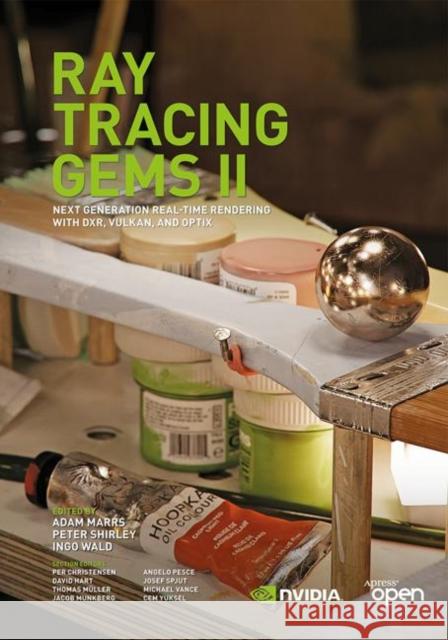Ray Tracing Gems: High-Quality and Real-Time Rendering with Dxr and Other APIs » książka
topmenu
Ray Tracing Gems: High-Quality and Real-Time Rendering with Dxr and Other APIs
ISBN-13: 9781484244265 / Angielski / Twarda / 2019 / 607 str.
Kategorie:
Kategorie BISAC:
Wydawca:
Apress
Język:
Angielski
ISBN-13:
9781484244265
Rok wydania:
2019
Ilość stron:
607
Waga:
1.78 kg
Wymiary:
25.65 x 18.29 x 3.81
Oprawa:
Twarda
Wolumenów:
01
Dodatkowe informacje:
Wydanie ilustrowane











